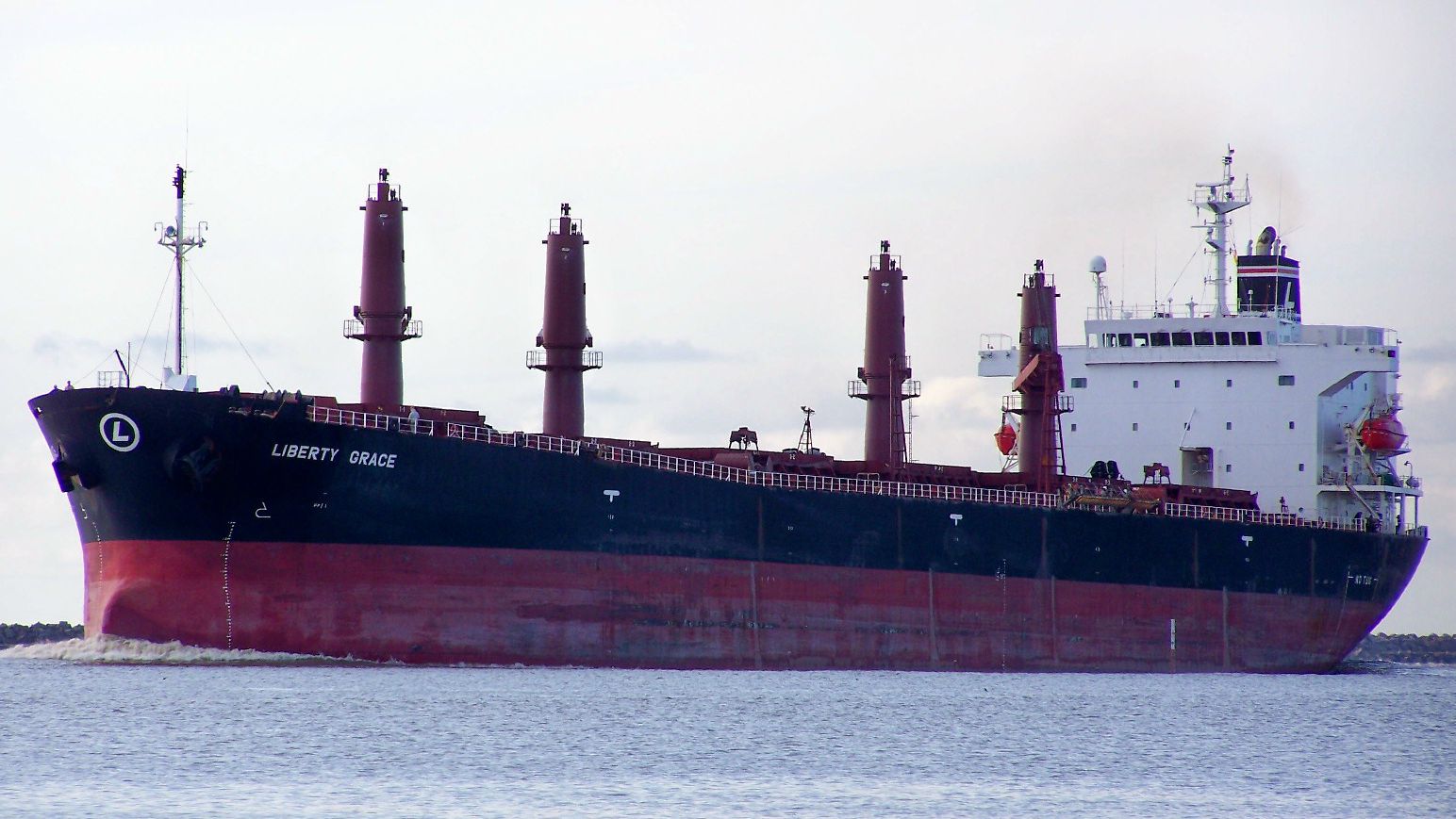The Trump administration may soon require 100 percent of U.S. food aid to be transported on U.S.-flagged vessels, up from 50 percent under current policy. Citing four sources with knowledge of the situation, Reuters reports that the administration is currently preparing an executive order that would double the carriage requirement.
The food aid program, known as “Food for Peace,” has long been under fire by NGOs and anti-U.S. flag shipping opponents, who argue the system is not economical and that food could be sourced locally with vouchers. During the George W. Bush and Obama administrations, USAID and various NGO groups challenged the cargo preference laws, which require that at least half of American sourced food be shipped on U.S.-flagged ships. The USAID-led coalition contended that 59 cent of every dollar spent on food aid ended up in the pockets of middlemen, the program wasted more than $470 million in tax dollars each year and that U.S.-flagged ships were old and outdated. The U.S. shipping industry challenged these claims, saying that the national security arguments were not about ships, but about maintaining a well-trained merchant marine during peacetime to be ready for times of war.
On Friday, aid groups reiterated their claim that the carriage requirements hamper their ability to fight famine. “Millions of people could be denied the food aid they need to survive if the cargo preference requirement is doubled,” said Tom Hard, North America executive director at non-profit The One Campaign, speaking to Reuters.
The administration’s order may also prove unpopular with the powerful Senate Foreign Relations committee. Senator Bob Corker (R-TN) and Senator Christopher Coons (D-DE), the committee’s chair and ranking member, are pursuing a bill to eliminate requirements on food sourcing and cargo preference; they contend that Food for Peace could feed 8-10 million more people annually by buying from local or regional suppliers.
The article appeared in MarEx 2017-06-30



















